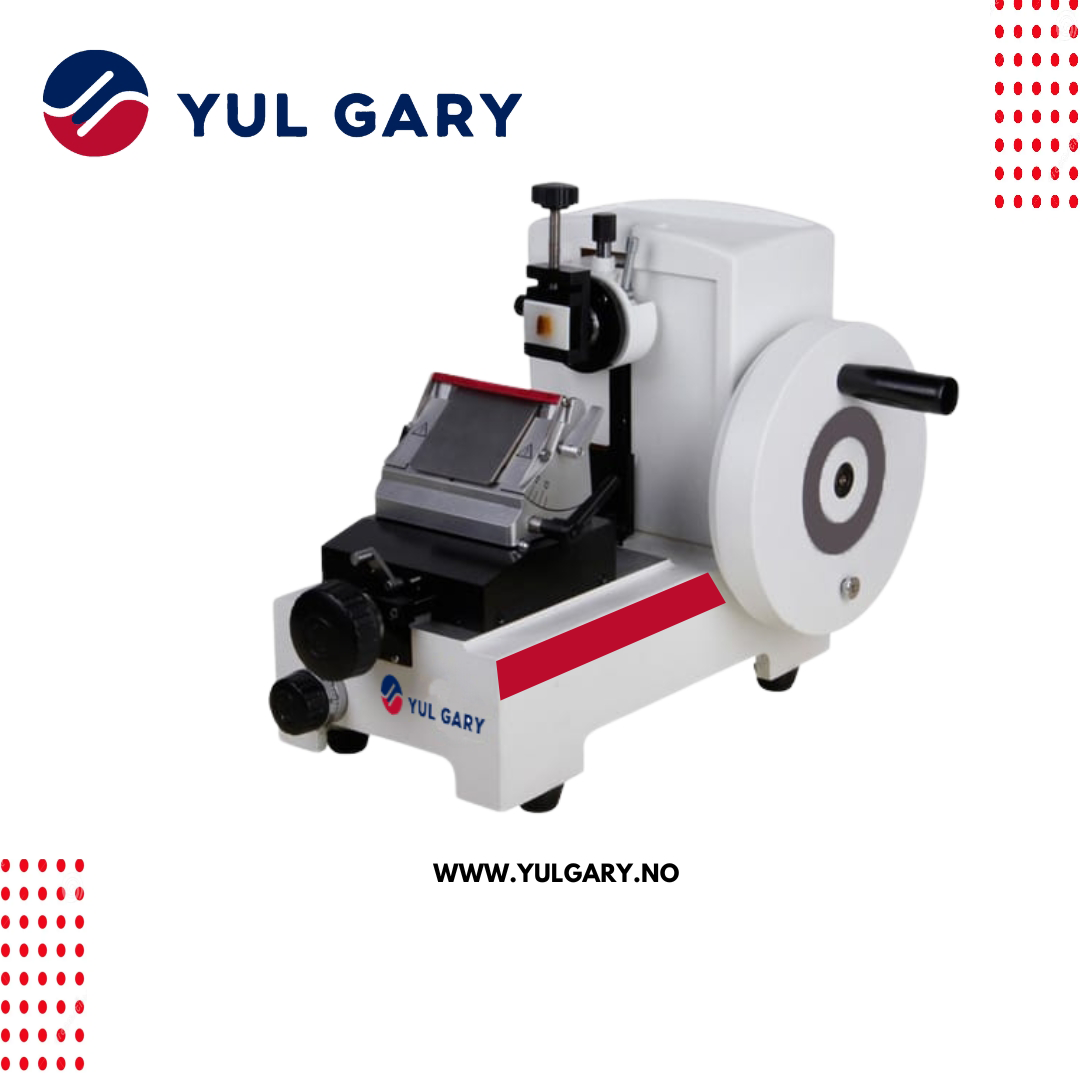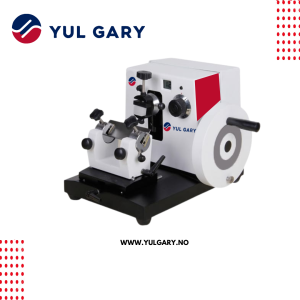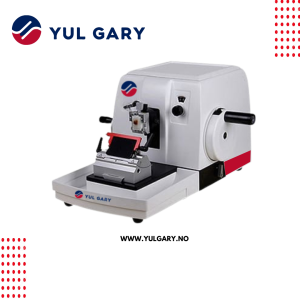Description
The Manual Microtome YG0119 leverages cutting-edge international technology and sophisticated design, delivering unmatched precision and reliability in every slice. With high-precision roller guide rails, this microtome ensures exact cuts while reducing wear and tear, offering a blend of comfort, flexibility, and control. Its capability to provide continuous, high-quality sections rivaling those of top-tier imported models makes the YG0119 an indispensable tool for histological and pathological investigations. Its robust build and ergonomic configuration cater to professionals who demand consistent, high-quality results in their lab work.
Market Price
In the market, manual microtomes, such as the YG0119, are typically priced between $4,000 and $4,800, depending on their specific features and functionalities. The YG0119 is strategically priced to deliver excellent value for its state-of-the-art technology and dependable performance. When selecting a microtome, it is crucial to compare various models and their features to ensure that you make the best choice for your laboratory’s needs, keeping budgetary considerations in mind.
Frequently Asked Questions
Q: What is the cutting thickness range of the YG0119?
A: The YG0119 offers an adjustable cutting thickness from 1 to 50 micrometers, suitable for diverse sample needs.
Q: Is training required to operate the YG0119?
A: While the YG0119 is user-friendly, a short training session is recommended to help users become familiar with its features and operations.
Q: What types of materials can the YG0119 cut?
A: This microtome is ideal for a range of materials, including paraffin-embedded tissue samples and other histological specimens.
Advantages and Disadvantages
Advantages:
- High precision and reliability in every cut
- Ergonomic design for enhanced comfort
- Quality comparable to leading imported brands
Disadvantages:
- Initial investment might be high for some buyers
- Regular maintenance required for optimal performance
Use of the Product in the Field
The Manual Microtome YG0119 is widely used in histology and pathology labs for preparing tissue samples for microscopic analysis. Researchers and laboratory technicians rely on this microtome to produce thin, uniform sections critical for accurate diagnostics and examinations. Its intuitive design makes it easy to adjust settings, ensuring smooth transitions between differing cutting requirements—integral for high-quality sample preparation.
Recommendations
To extend the utility and life of your YG0119, it’s advisable to clean the blades regularly and adhere to proper maintenance steps. Store the microtome in a dust-free, dry environment when not in use, and consider investing in extra blades to prevent downtime during critical projects. Familiarize yourself with the user manual and exchange best practices with seasoned colleagues for optimal outcomes.
Technical Specifications
| Model | YG0119 |
| Trimming Thickness Setting Range | 0– 500μm |
| Minimum Setting of Sectioning Thickness | 1μm |
| Specimen Holder Rotation | at any angle within 360 degrees |
| Specimen Orientation | XY – 8° |
| Total Horizontal Specimen Feed | 28mm |
| Vertical Specimen Stroke | 60mm |
| Movement Range of the Base of Blade Holder Base | 0-60mm (front to back) |
| Movement Range of the Blade Press Plate | 0-23mm |
| Precision Error | ±1% |
| Maximum Specimen Size | 50×60 mm |
| Dimensions | 420×330×330mm (W×D×H) |
| Net weight | 19kg |





